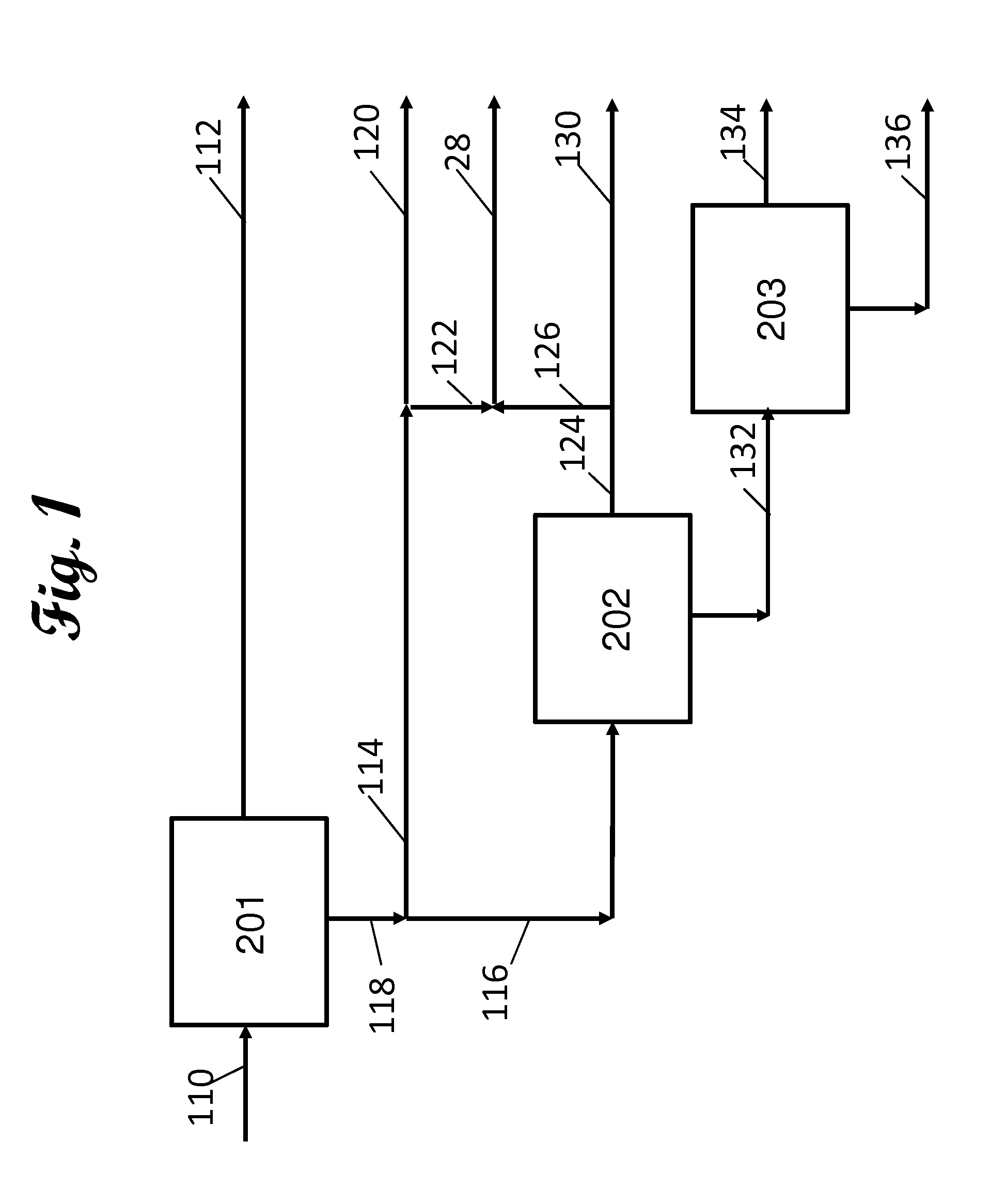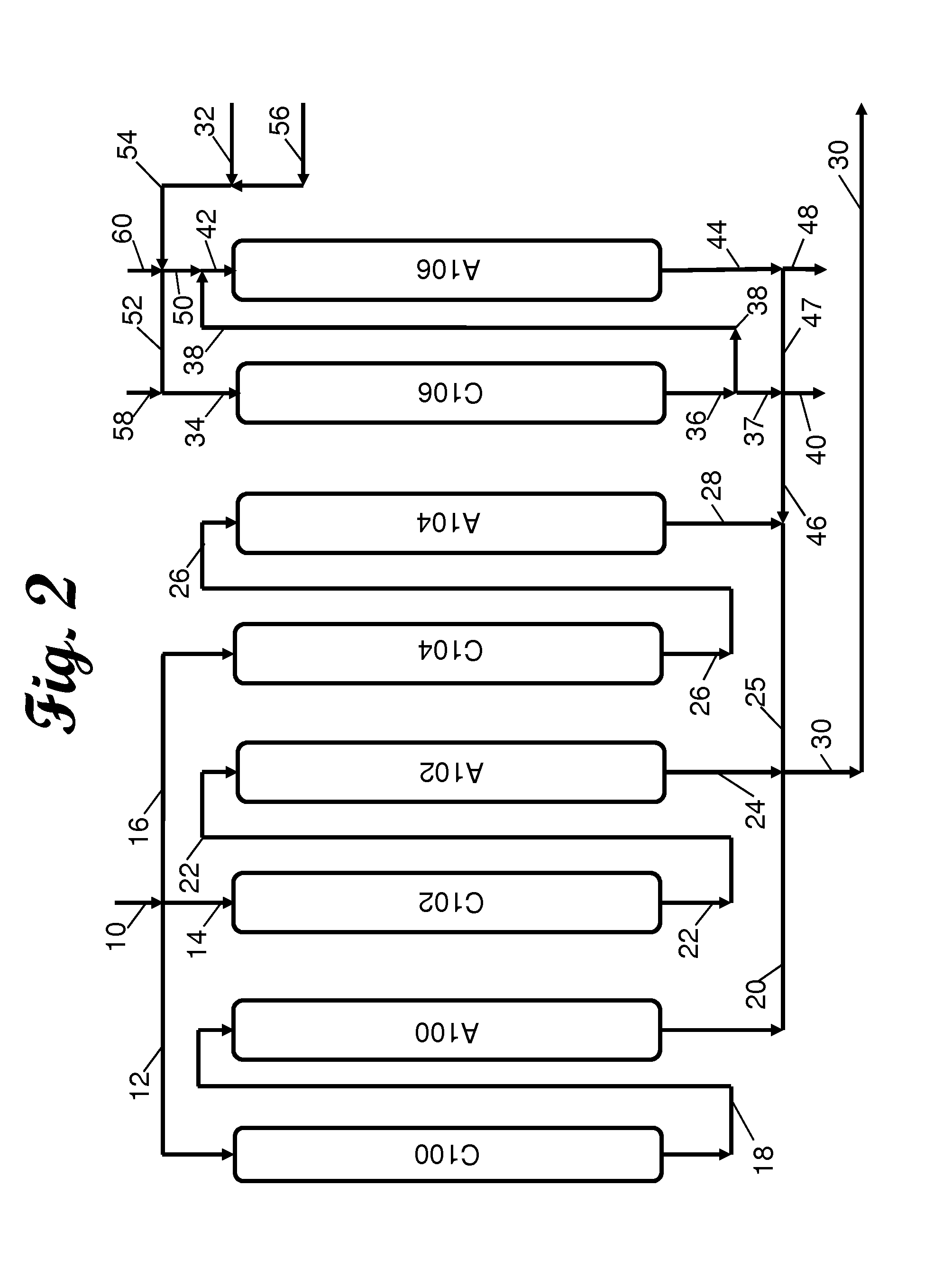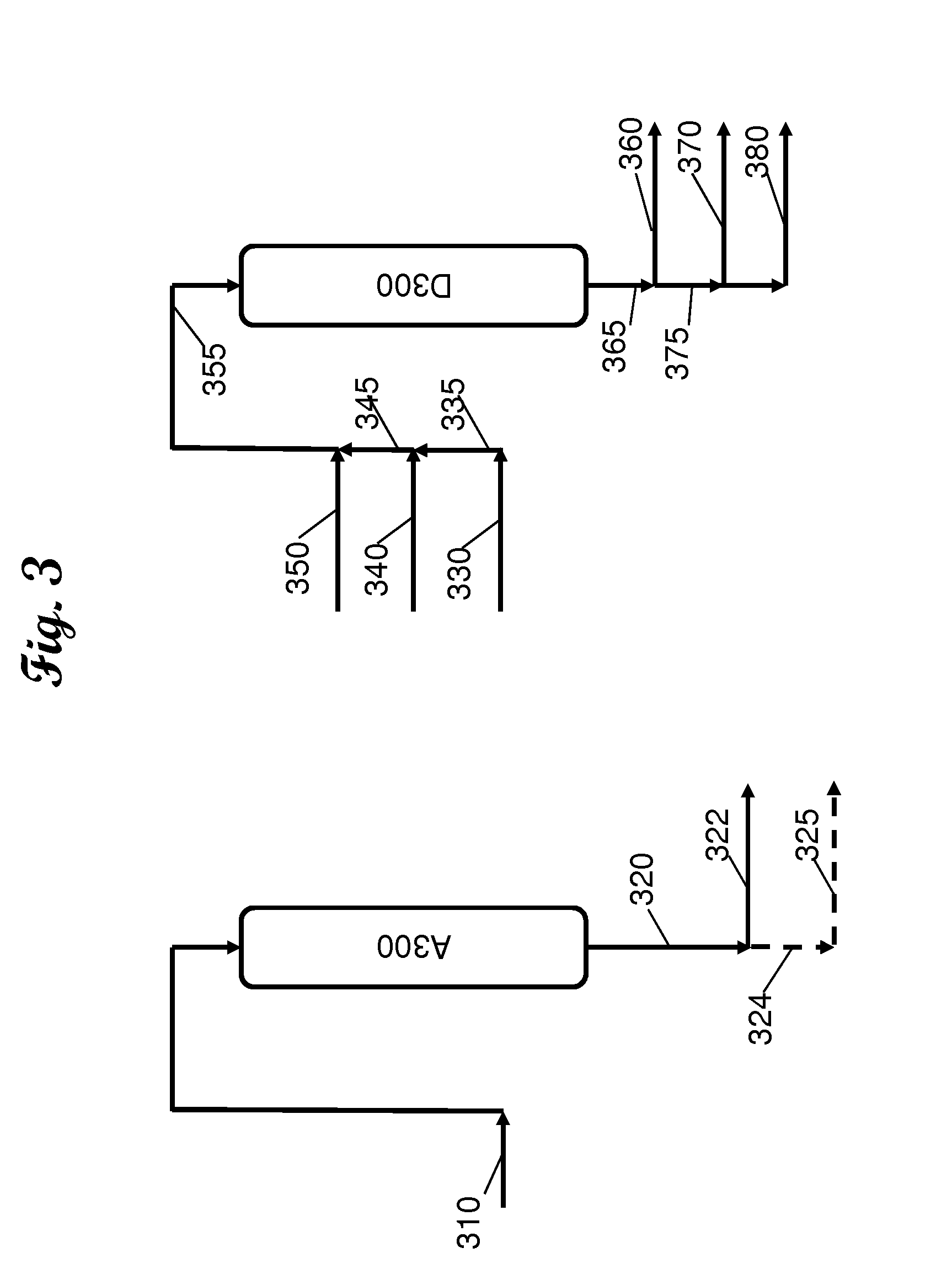Krill oil refinery for purification of krill oil extract
a technology of krill oil and krill oil, which is applied in the direction of fatty oil/fat refining, carbonyl compound separation/purification, organic chemistry, etc., can solve the problems of krill becoming solid, gaining weight and losing liquid more easily, and reducing the efficiency of krill oil production. , to achieve the effect of improving increasing the efficiency of krill oil production, and increasing the efficiency of krill
- Summary
- Abstract
- Description
- Claims
- Application Information
AI Technical Summary
Benefits of technology
Problems solved by technology
Method used
Image
Examples
example 1
Desalting of Krill Oil Extract
[0061]Approximately 70 g of DOWEX MONOSPHERE 88 (Available from The Dow Chemical Company) a strong acid cation resin and DOWEX MONOSPHERE 77 (Available from The Dow Chemical Company) a weak base anion resin were slurry packed in separate 114 mL capacity 300×22 mm stainless steel columns having an ID of 22 mm and a length of 300 mm. The columns were separately washed with about 2 bed volumes of 100% ethanol to remove any impurities from the resins. The amount of the leaching contaminants was tracked by measuring the absorbance by a UV-Vis spectrophotometer SPECTRA MAX Plus (Available from Molecular Devices, Sunnyvale, Calif.) at a wavelength of 260 nm. When the absorbance reached within 20% of absorbance of pure ethanol the washing of each resin column was stopped.
Desalting Regeneration
[0062]The resin columns were regenerated separately prior to use by flushing the cation column with 2 bed volumes (BV) of 7% by wt. HCl) column and flushing the anion colu...
example 2
Desalter Operation Material Balance
[0064]The desalting operation of the present invention is further illustrated for a simulated moving bed desalting plant processing 1500 MTA (Metric Tonnes per Annum) of crude krill oil meal extract as described hereinabove in FIG. 2. The material balance shown in Example 2 is based on the results of the desalting operation described and demonstrated in Example 1. The crude krill oil meal extract has the following composition:
Component:Kg / hourWt-%Polar Lipids (PL)59.5828.65Neutral Lipids (NL)138.7566.68Astaxanthin0.210.06Salt7.293.47TMAO2.51.2Total208.12100.0
[0065]The crude krill oil meal extract is diluted to about 5 weight percent in a mobile phase solvent by admixing the crude krill oil meal extract with 4068 Kg / hour of a mobile solvent stream comprising 98 parts ethanol to 2 parts water, and filtering the diluted krill oil stream through a 1 micron filter to provide a filtered krill oil feed stream. The filtered krill oil feed stream is passed ...
example 3
Purification of PL by HP-20 Resin in Fixed Bed Extraction
[0067]Purification of polar lipids (PL) was carried out using the desalted krill oil of Example 1. Approximately 70 grams of DIAION HP-20 a styrene-divinylbenzene (Available from Mitsubishi Chemical, Japan) was slurry packed in a 300×22 mm stainless steel column using 100% pure ethanol. The column was washed with 2 bed volumes (BV) of ethanol to remove any impurities from the resin. The amount of the leaching contaminants was tracked by measuring the absorbance by a UV-Vis spectrophotometer SPECTRA MAX Plus (Available from Molecular Devices, Sunnyvale, Calif.) at wavelength of 260 nm. When the absorbance reached within 20% of absorbance of pure ethanol the washing was stopped. The desalted krill meal Extract was diluted with a sufficient amount of 98 / 2 w / w ethanol / water to provide 5% dry mass dissolved in the 98:2 ethanol:water solvent to provide the feed to the polar lipid purification process. Feed was charged to the column ...
PUM
| Property | Measurement | Unit |
|---|---|---|
| temperature | aaaaa | aaaaa |
| temperature | aaaaa | aaaaa |
| weight percent | aaaaa | aaaaa |
Abstract
Description
Claims
Application Information
 Login to View More
Login to View More - R&D
- Intellectual Property
- Life Sciences
- Materials
- Tech Scout
- Unparalleled Data Quality
- Higher Quality Content
- 60% Fewer Hallucinations
Browse by: Latest US Patents, China's latest patents, Technical Efficacy Thesaurus, Application Domain, Technology Topic, Popular Technical Reports.
© 2025 PatSnap. All rights reserved.Legal|Privacy policy|Modern Slavery Act Transparency Statement|Sitemap|About US| Contact US: help@patsnap.com



